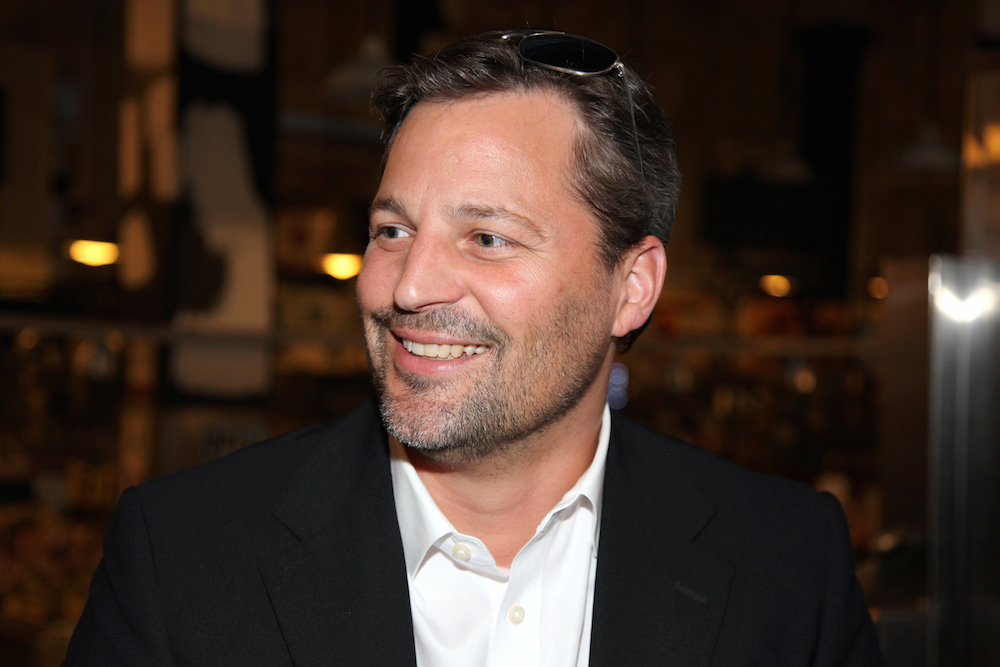
Eric Hoek is an environmental engineering professor at UCLA, and the CEO of Water Planet, which develops water treatment products. Before joining a Zócalo/UCLA panel discussion on water scarcity in California—Can We Engineer Our Way Out of the Drought?—he talked in the Zócalo green room about water in Fiji, his children, and “NanoH20.”
You’ve bounced back and forth between coasts for your degrees. What’s one thing you miss about the East Coast?
I miss the fall, the leaves changing. I miss snow days. Though that’s kind of a white-washed memory of the East Coast, because the weather would often ruin my plans.
One of your side projects is working to improve sanitation in Fiji?
Yeah, I work with Global Classrooms for Peace. They found that kids were skipping school to go down to the river to get water, or because they were sick with typhoid and dysentery from bad drinking water. A lot of the time what’s needed isn’t better technology, but better management of resources.
What is “NanoH20,” the technology you’ve pioneered, in one sentence?
It’s a more energy-efficient membrane for desalinating seawater.
What’s one thing that keeps you up at night?
Typically, it’s kids. I have a 2-year-old girl and a 4-year-old boy.
If you’re not in a classroom or lab, where are you?
With my family.
Do you surf?
I used to. Now, I have kids and work.
What’s something the average person doesn’t understand about water, but should?
Water isn’t free. It seems like it is, because it falls from the sky for free. But it costs a lot of money to get it to your house.
What’s your favorite sport?
Baseball. Go Yankees!
Do you have a favorite magazine?
I read the Wall Street Journal a lot now. Mostly I read news about business and politics.
What’s the best way to get kids excited about science?
We’ve done a lot of outreach from UCLA. I think visual demonstrations speak to children best—to most people best, really.



